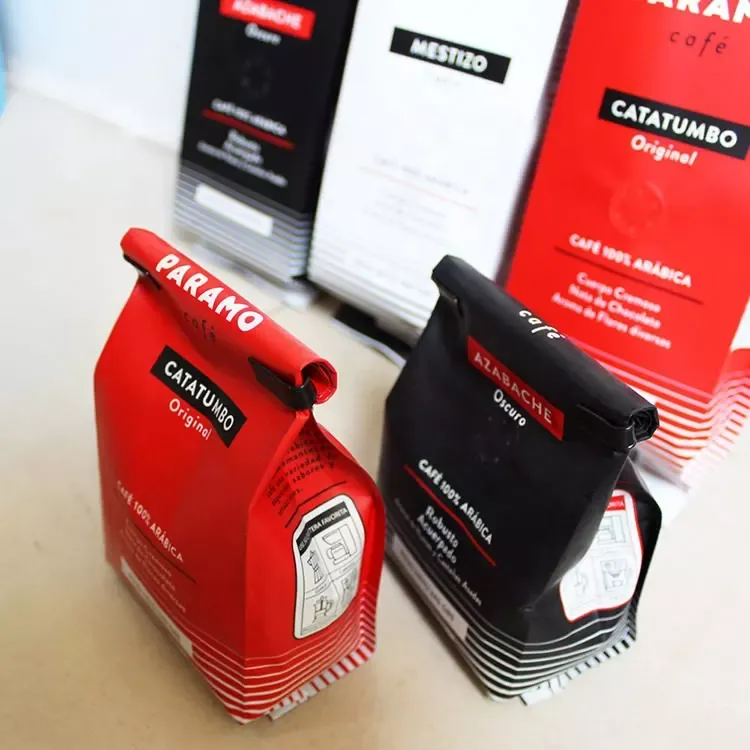Understanding the Thickness of Plastic Wrap for Optimal Use and Storage
Understanding Plastic Wrap Thickness What You Need to Know
Plastic wrap, also known as cling film or food wrap, is a ubiquitous kitchen staple used to cover food, preserve freshness, and prevent contamination. Its practicality ranges from wrapping sandwiches to covering leftovers in the refrigerator. However, one aspect that is often overlooked when selecting plastic wrap is its thickness. Understanding plastic wrap thickness can enhance your food storage practices, provide better protection, and optimize the use of this essential product.
What is Plastic Wrap Thickness?
Plastic wrap thickness usually refers to the gauge or mil thickness of the material. Mil is a unit of measurement that equals one-thousandth of an inch. For example, a 1-mil thick plastic wrap is 0.001 inches thick. Most common plastic wraps available in stores range from 0.5 mil to 1.5 mil in thickness. Thicker wraps offer certain advantages, making it important to know which thickness is appropriate for various tasks.
The Significance of Thickness
1. Durability Thicker plastic wraps are generally more durable and less prone to tearing or puncturing. This is particularly important when wrapping sharp-edged foods like bones or certain vegetables. A thicker plastic wrap will stay intact, providing better protection against spills and contamination.
2. Seal Strength The thickness of the wrap can also influence its sealing capability. Thicker wraps tend to cling better, forming a tighter seal around food items. This enhanced sealing keeps air out, thus slowing down the oxidation process that can lead to spoilage. In contrast, thinner wraps may not seal as effectively, allowing air and moisture to penetrate, which could compromise food quality.
3. Cost Efficiency While thicker plastic wraps can be more expensive, they may prove to be more cost-effective in the long run. Their durability means you may use less material to achieve the same level of protection compared to thinner wraps. In high-usage scenarios or for commercial kitchens, investing in a thicker wrap may save you money and reduce waste.
plastic wrap thickness

Suitable Uses for Different Thicknesses
- Thin Wraps (0.5 to 0.7 mil) Generally preferable for light-duty tasks such as wrapping sandwiches, pastries, or items that do not have sharp edges. These wraps are cost-effective and perfectly sufficient for everyday use in homes or small gatherings. However, they might not be ideal for long-term storage or for meats.
- Medium Wraps (0.8 to 1.0 mil) Suitable for most household uses, including covering leftovers, wrapping vegetables, and protecting baked goods. This range offers a good balance between affordability and durability, making it a popular choice for everyday kitchen tasks.
- Thick Wraps (1.1 to 1.5 mil) Best for heavy-duty applications, such as wrapping meats, poultry, and hard-to-wrap foods. These thicker wraps provide superior protection against freezer burn when storing food in the freezer and are considerably better at sealing out air.
Environmental Considerations
The thickness of plastic wrap not only affects its functionality but also has environmental implications. Thicker plastic wraps can take longer to break down, adding to landfill waste. It's essential to consider biodegradable or recycled options that some brands offer, which can mitigate some of the environmental impact associated with traditional plastic wraps.
Conclusion
Choosing the right thickness in plastic wrap is more than just a matter of preference; it can greatly influence the effectiveness of food preservation. Understanding the attributes and applications of different thickness levels helps consumers make informed decisions. Whether you're wrapping a sandwich for lunch or preparing a week’s worth of meals, selecting the appropriate plastic wrap thickness ensures your food remains fresh, safe, and free from contamination. As we become more aware of the impacts of our choices on health and the environment, paying attention to the thickness of plastic wrap can be a small yet significant step in effective and responsible food storage practices.













